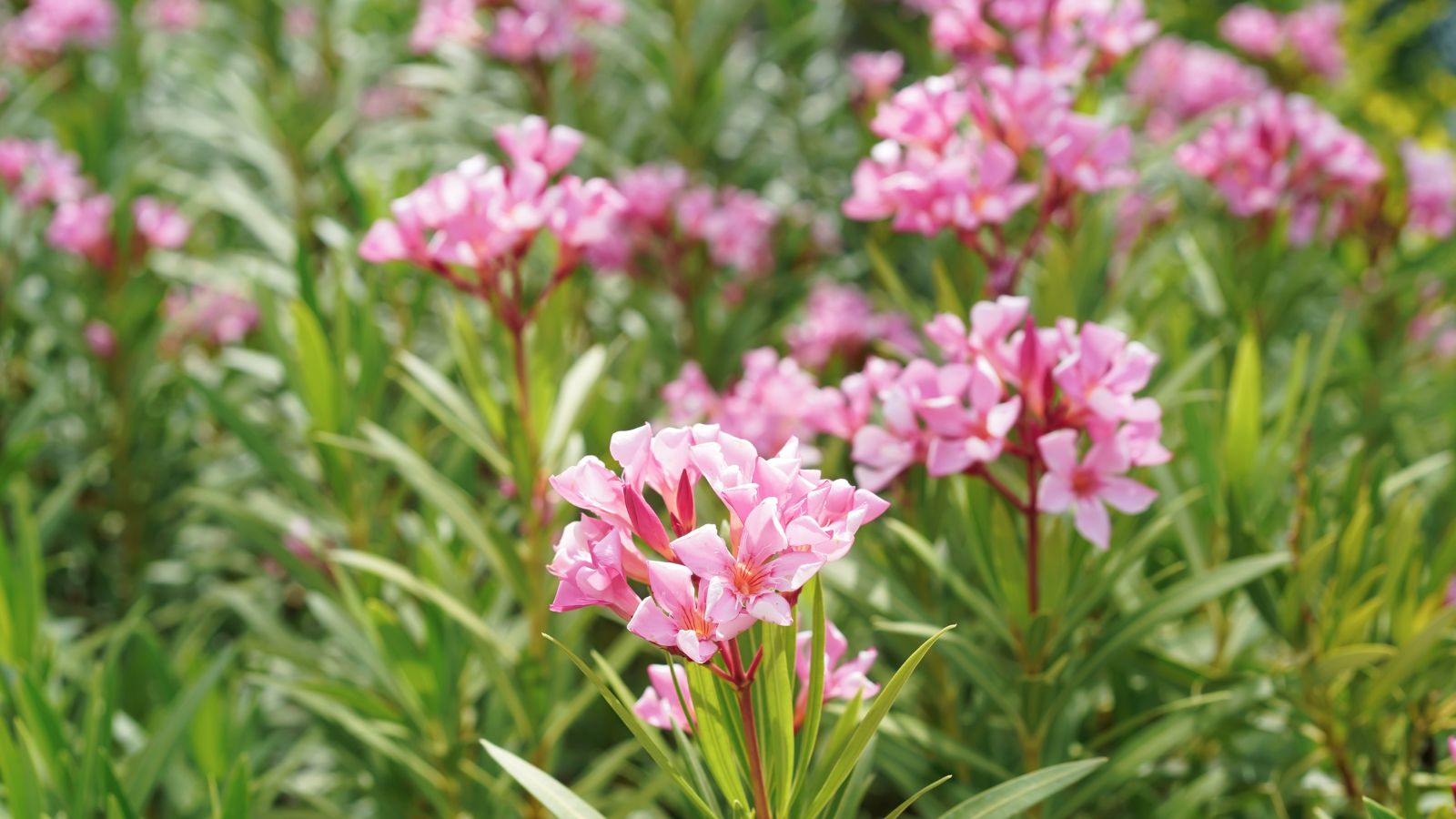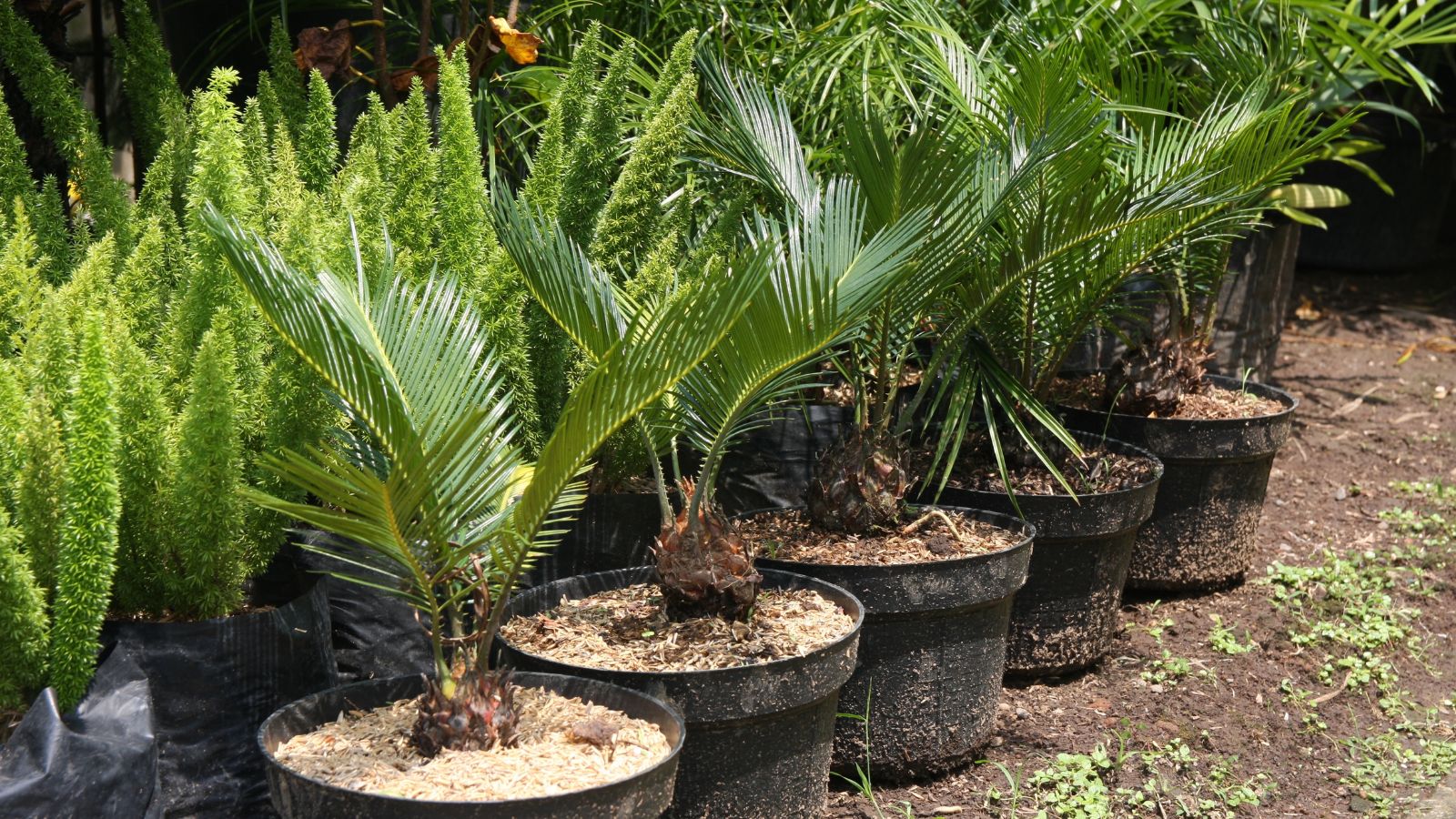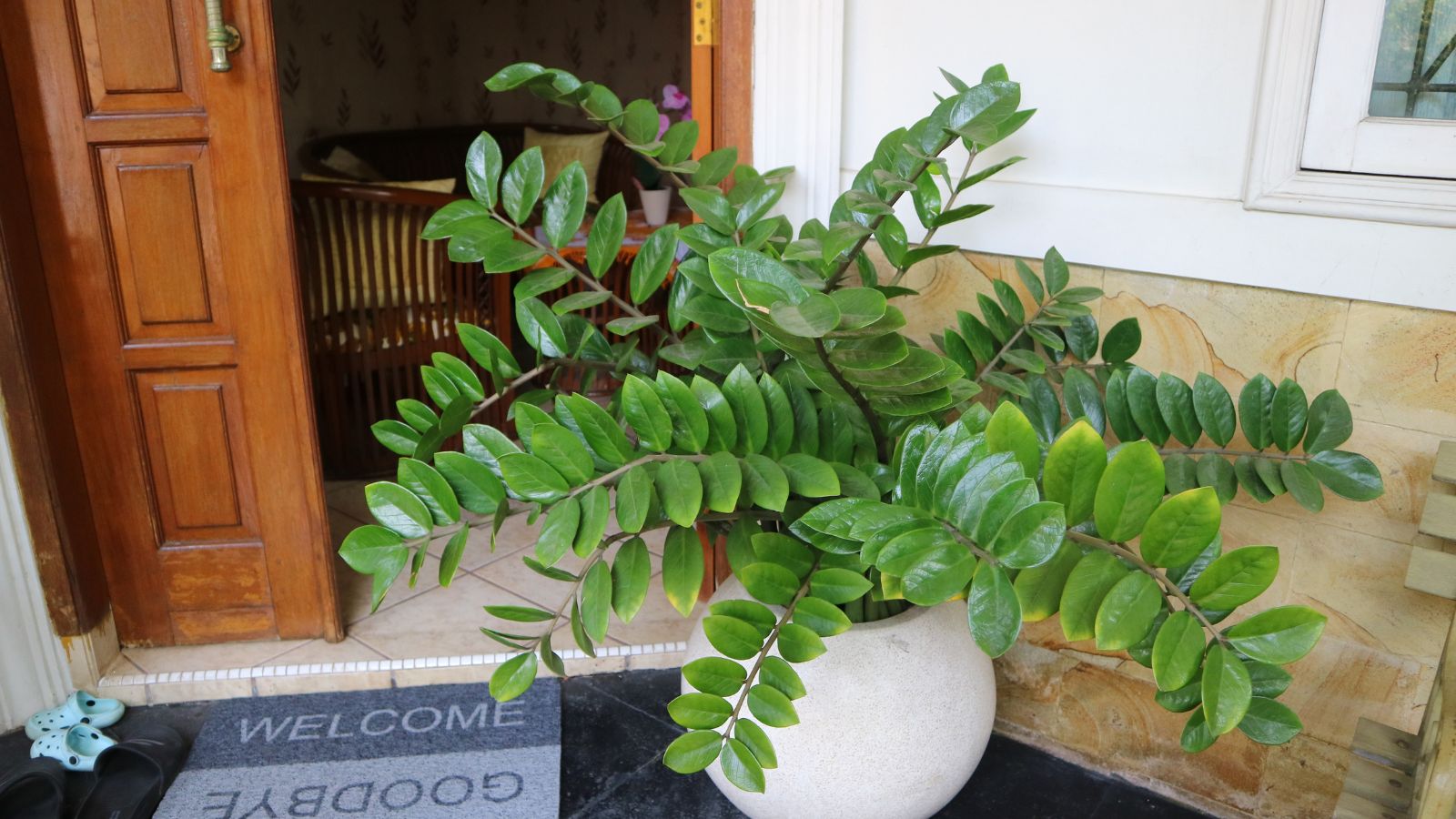It’s an excellent idea to bring a few plants into your house to give it a touch of nature and improve the air quality, but some plants can do more harm than good. Even if they grow, some plants can be toxic, irritative, or just plain invasive, making them problematic or even dangerous to keep inside. So, to prevent you from making such a mistake, here are some plants you should never keep indoors, according to experts.
Oleander

It’s never a smart idea to keep oleander (Nerium oleander) indoors because it’s highly toxic, with all parts of the plant containing poisonous compounds like oleandrin. Sure, its fragrance won’t cause harm, but ingestion of any part of the plant can lead to severe symptoms, including nausea, vomiting, and even death in extreme cases. So, if you have kids or pets, we’d advise you not to keep an oleander at all, and definitely not indoors.
Dieffenbachia

Also known as dumb cane, dieffenbachia contains calcium oxalates, which can cause swelling and irritation in the mouth and throat if ingested. In particular, pets and children are at risk, as the plant can lead to difficulty breathing or even more severe reactions. Despite this, it’s a common houseplant, but we wouldn’t recommend it.
Peace Lily

Don’t be fooled by the innocent-sounding peace lily (Spathiphyllum); it may brighten up a room with its glorious white blooms, but it just isn’t safe for everyone. This is because, just like with Dieffenbachia, these plants contain calcium oxalate crystals, which are toxic to pets and humans if ingested. If you must grow them, keep them outside in your yard, and definitely keep them out of reach from dogs, cats, or children.
Sago Palm

Another plant you should never have indoors is sago palms (Cycas revoluta). Yes, these plants do look pretty stunning, but they are extremely toxic, especially to pets. Every part of the plant, particularly the seeds, contains a toxin called cycasin, which can cause liver failure. Even a small amount of this plant can be dangerous, so it’s best to keep sago palms away from your indoor spaces entirely, at least if you have pets.
English Ivy

English ivy (Hedera helix) is known for its elegant climbing habit, but while it might look beautiful outside, it’s not a good option indoors. Not only would it take over your house, but it also contains saponins, which can cause skin irritation in some people and lead to nausea or vomiting if ingested. Just keep it outside, or you might regret it.
Pothos

Another popular houseplant that is riskier than people realize is the pothos (Epipremnum aureum). It’s easy to be fooled into a false sense of comfort with this plant, as it’s very low-maintenance, making it easy to grow indoors. However, like other plants on this list, it contains calcium oxalates that can irritate the mouth, lips, and throat, especially around kids and animals, posing a risk that simply isn’t worth it.
Philodendron

Often chosen for their beautiful foliage, philodendrons are similar to pothos in that they contain calcium oxalates. By this point, you should be familiar with the side effects of calcium oxalates: yes, adults will probably be okay around them, but kids and animals can suffer greatly from exposure. So, do everyone a favor and keep your philodendrons outside, if at all.
Asparagus Fern

Asparagus ferns (Asparagus densiflorus) add a delicate touch to homes, but they can be surprisingly harmful. In fact, the berries produced by the plant are toxic if ingested, leading to vomiting and diarrhea. Even if everyone in the house knows not to eat the berries, some individuals may also experience skin irritation when handling the plant, so generally, it’s wise to choose a different fern for indoor spaces.
Aloe Vera

Many people keep aloe vera in their homes, and this is perfectly fine as long as you don’t have pets around. If you do have pets, though, especially mischievous ones, you should rethink keeping your aloe vera inside because the saponins and anthraquinones found in the plant can cause vomiting, diarrhea, and lethargy.
Caladium

The striking, colorful leaves of the caladium are beloved by many, but sadly, they’re just not safe to keep indoors. This is because it contains insoluble calcium oxalates, which cause even more intense burning and swelling in the mouth and throat than regular oxalates. The sap can also irritate the skin, so it’s a plant to enjoy outdoors as long as you can supervise kids and pets around it.
Fiddle Leaf Fig

Fiddle leaf figs (Ficus lyrata) have become a trendy indoor plant in recent years, but they can, unfortunately, cause mild issues for pets. Primarily, their sap can lead to skin irritation, while ingestion may cause drooling and vomiting, which isn’t good. Sure, it’s not as dangerous as some other plants, but it’s still worth considering its indoor placement and whether it’s really worth the chances of causing sickness in your favorite pets.
Jade Plant

Another plant, specifically a succulent, that you should never keep indoors is the jade plant (Crassula ovata), which can be toxic to pets, particularly cats and dogs. While it might look beautiful, ingesting jade plants can cause symptoms like vomiting, lethargy, and even depression in pets. So, while it may be a low-maintenance plant, it should be an absolute no-no for any pet-owners.
ZZ Plant

ZZ plants (Zamioculcas zamiifolia) are loved for their ability to thrive in low light, and as long as you live alone or only with other adults, it’ll make a wonderfully low-maintenance option. Once again, though, they contain calcium oxalates, which can cause nausea, vomiting, and digestive upset for kids or pets. Even just touching the plant can cause skin irritation, so ask yourself–is that really the kind of risk you want around your house?
Castor Bean Plant

One of the most dangerous plants on this list is the castor bean plant, as its seeds contain the famously deadly toxin called ricin. Ingesting just one seed can be fatal, even for grown adults, making this plant far too risky for any indoor environment. If you don’t believe us, just think back to ricin’s role in Breaking Bad, and you’ll no doubt think twice.
Snake Plant

While the snake plant may sound scary due to its name, they’re actually very safe for humans, even having air-purifying abilities, but there’s a catch. Annoyingly, they contain saponins that can cause mild gastrointestinal issues in pets. If ingested, pets may experience nausea, vomiting, and diarrhea, so while not highly toxic, it’s still probably best to keep this plant outdoors and away from your pets.
Croton

Last but not least is croton (Codiaeum variegatum), a plant admired for its bold, colorful leaves. However, it should be enjoyed from a distance because its sap can cause skin irritation, especially in kids and pets. Ingestion of the plant can even lead to nausea and vomiting, so we’d recommend taking precautions and keeping this plant outside or non-existent on your property.
